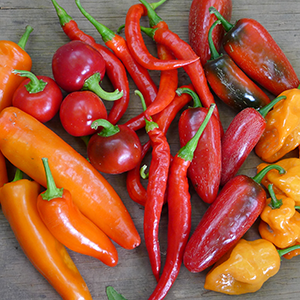
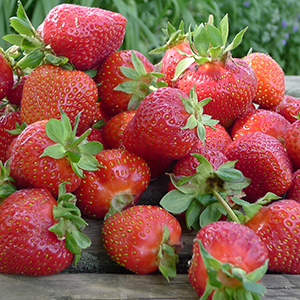
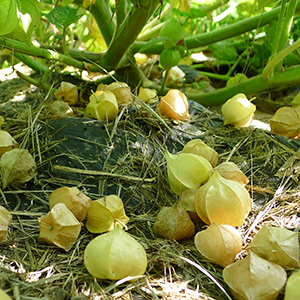
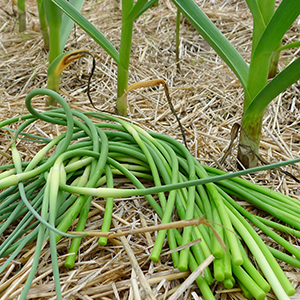
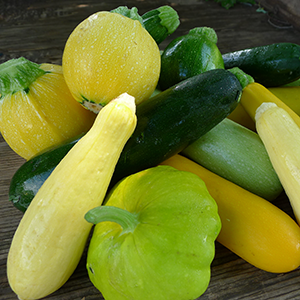
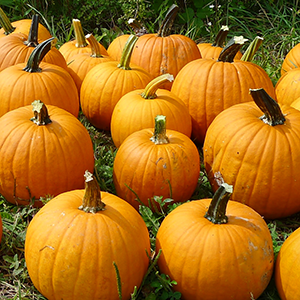



News and Notes | The Anchor Run Blog
Displaying a Single Post |
Show Recent Posts
July 23, 2017
Rise and Fall of Beloved Veggies
By Derek McGeehan
Rise and Fall of Beloved Veggies
By Derek McGeehan
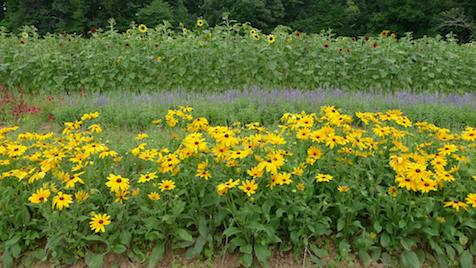
It's the time of year when disease and pest pressure overwhelms some crops and we start to say goodbye until next year. Bad news first then some good news.
Crops that are currently beginning to show symptoms and will soon be unavailable in the pick up room include summer squash (downy mildew, powdery mildew), cucumbers (downy mildew, bacterial wilt, mosaic virus), and basil (downy mildew, fusarium wilt). Squash and cucumbers should be around for another few weeks but basil may be here for only one more week. Besides tomatoes, these crops are probably the most sensitive to disease and pest pressure and are generally outliers. All of the crops that we grow can be successfully managed completely organically with proactive measures such as crop rotation, maintaining soil health and fertility, and pest barriers like floating row cover. We choose to not resort to organically approved/organically derived sprays when disease or pests arrive.
Crops that as of now appear healthy and should soon grace our tables include watermelon, potatoes, onions, tomatillos, husk cherries, blackberries, dill, cilantro, okra, hot peppers, and carrots, as well as an ongoing supply of sweet peppers, eggplant, tomatoes, beans, and lettuces, among other crops.
Some other crops that are nearing the end of their harvest and distribution are fennel, celery, beets, kohlrabi, chard, and cabbage but all except celery will return in late summer and fall. We'll have celeriac instead of celery.

POSTS BY TYPE
POSTS BY MONTH

